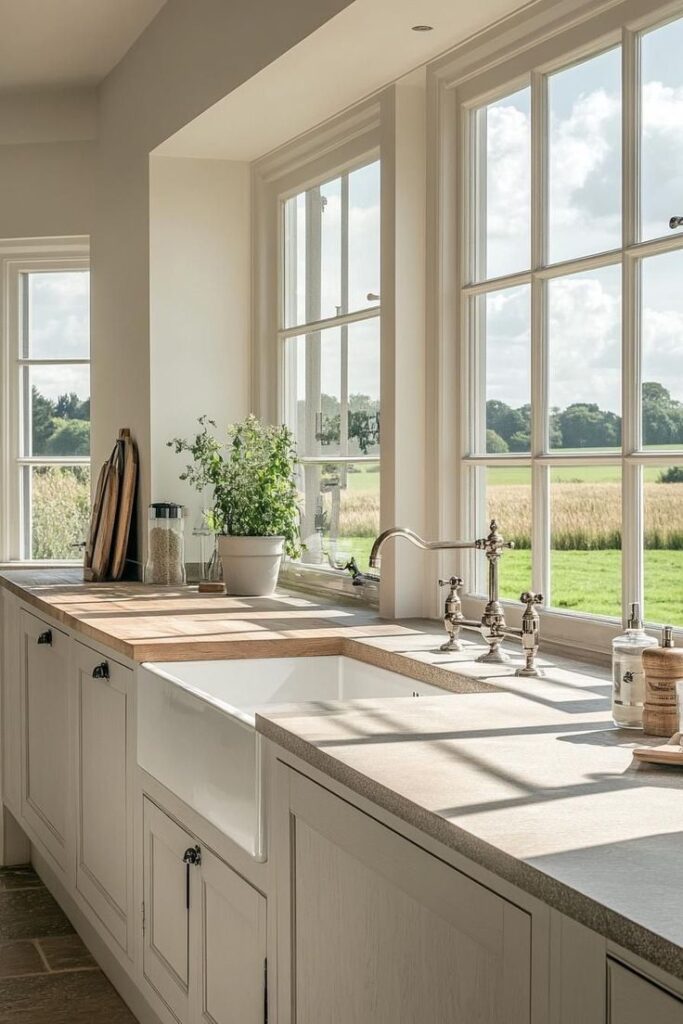Household utility bills derive substantially from the amounts of water individuals use. Most household residents do not understand how their regular activities lead to increased water expenses. Many home utilities bills increase when household members spend too much time under running water or operate inefficient household appliances coupled with too much irrigation. Understanding water consumption patterns for utility costs enables homeowners to implement effective ways for lowering their water bills. The piece looks into water consumption effects on utility costs along with sharing productive methods for homeowners to conserve water resources and reduce their bills.


Understanding Water Usage and Utility Bills
Households pay their water utility costs through measurements of water consumption volume in their properties. Water consumed through all activities related to drinking, cooking, cleaning and outdoor work is included in the billing calculation. Until present water utility rates adjust their fee structure according to metered consumption where bills correlate directly to water usage levels. The price homeowners pay for water measures either in gallons or cubic meters depends on their location together with the choice of water provider they selected. Many utility providers increase costs through separate wastewater treatment fees that accompany the water consumption billing. Homeowners fail to recognize how much water they use because their increasing usage causes bills to become increasingly expensive.
The amount of public utility spending for water service increases significantly in households where consumption remains high. Normal household activities including numerous laundry cycles and long hot showers and continually flowing faucets end up wasting a lot of water every day. Outdated plumbing components together with old appliances use more water than modern equivalents do thus driving up household water consumption. Leakage in the home without detection results in long-term water wastage that will eventually increase utility expenses. Homeowners need to examine their water usage to pinpoint specific areas where they can reduce waste because this will decrease their expenses.
Identifying Key Areas of Water Consumption
Among a conventional household the bathroom serves as the main water-consuming area. The daily amount of water usage from showers, toilets and faucets becomes significant when the fixtures lack modern efficiency standards. Traditional toilet flushes waste between 3.5 and 7 gallons yet new-generation low-flow toilets maintain their functions using only 1.6 gallons. A prolonged shower episode leads to wasting hundreds of gallons of water during each seven-day period. Upgrading to water-efficient faucets alongside shorter shower times leads to substantial lowering of utility bills throughout the years.
Homeowners tend to miss the amount of water they use in their outdoor gardens and landscaping areas. During warm seasons lawns with gardens and other landscaping elements demand major water usage. Unnecessary applications of irrigation water lead to increased utility expenses. Implementing technological irrigation systems which automatically modify watering routines according to meteorological factors helps decrease outdoor water consumption. A smart water valve installation enables users to gain extremely precise water flow regulation that allows the proper usage of necessary water supplies.


Efficient Appliances and Water Conservation
The transition to water-efficient appliances constitutes one of the best strategies to cut down water use levels and achieve reduced utility payments. Dishwashers and washing machines as well as water heaters became more efficient in their water usage during the recent years. Modern dishwasher technology requires only 3 gallons of water during each washing cycle which is much less than the older models that demanded 10 gallons or higher water volume. High-efficiency washing machines have proven to preserve up to thousands of gallons of water throughout a year compared to traditional washer technologies. Homeowners who choose energy-efficient appliances combined with water-saving technology will cut their both water bills and utility expenses.
Homeowners who want to maximize their water efficiency can leverage the advanced water monitoring system FloLogic for leak prevention in their homes. This leak detection system identifies every type of water leakage despite their minimized size to prevent extensive water waste. FloLogic enables homeowners to get immediate alerts while giving them remote access to water supply cutoffs that help stop excessive water usage and minimize costly leaks. Home system solutions along with their waste reduction functions provide users with assurance regarding swift water issue management.
Practical Strategies to Lower Water Bills
Homeowners who want to reduce their water costs can access various viable methods that do not require large investments in modern appliances or technological solutions. Adjustment of how water gets used represents one basic method for lowering utility expenses. Comprehensive water management in the home comes from cutting laundry frequency and enabling water-saving settings in devices and implementing faucet-off protocols. Checking and fixing leaks in sink faucets and all plumbing systems stands as a main requirement to maintain water efficiency in homes. Minimal water leaks can accumulate during months which results in unintentional water loss as well as more expensive utility payments.
The practice of mindful watering in the garden has been demonstrated as an effective approach. Homeowners who water their plants during morning or evening hours will decrease water loss through evaporation and deliver proper moisture without wasteful runoff. Adding rain barrels for storing outdoor rainwater creates a sustainable gardening and lawn irrigation system that prevents homeowners from using their water supply. The basic budget-friendly methods decrease water utilization that leads homeowners to observe major reductions in their monthly utility statements.
Conclusion
Intelligent water consumption behavior allows homeowners to lower their utility bills thanks to direct water consumption costs. People who focus on their water consumption hubs and use high-efficiency devices and implement smart devices including smart water valves or FloLogic products can dramatically lower their water consumption levels. Practical water-saving methods like modifying household routines together with leak repairs produce dual benefits of water conservation and decreased bills. Through these initiatives homeowners can acquire water utility mastery while creating sustainable environmental improvements and financial savings.
- 49shares
- Facebook0
- Pinterest49
- Twitter0


